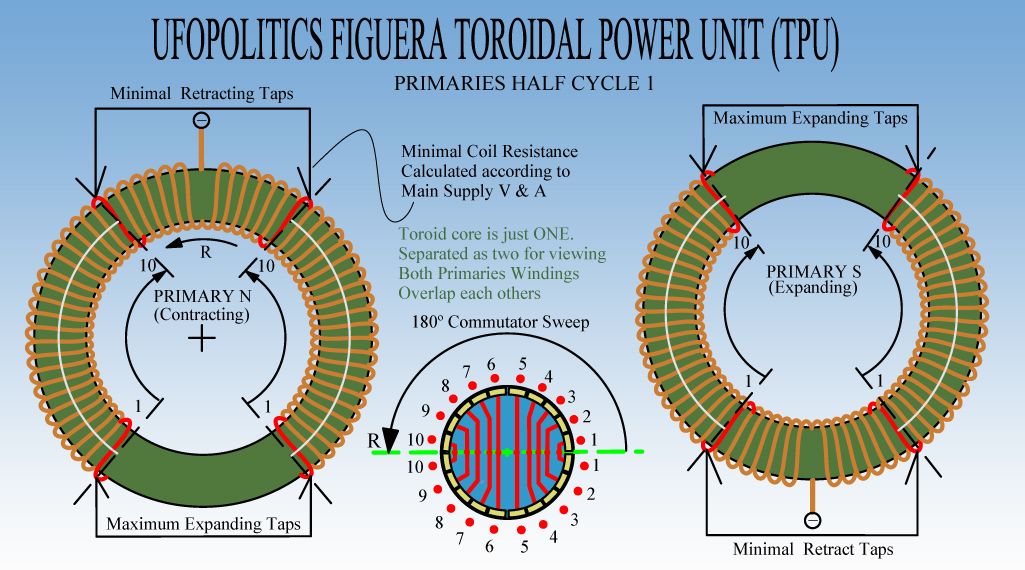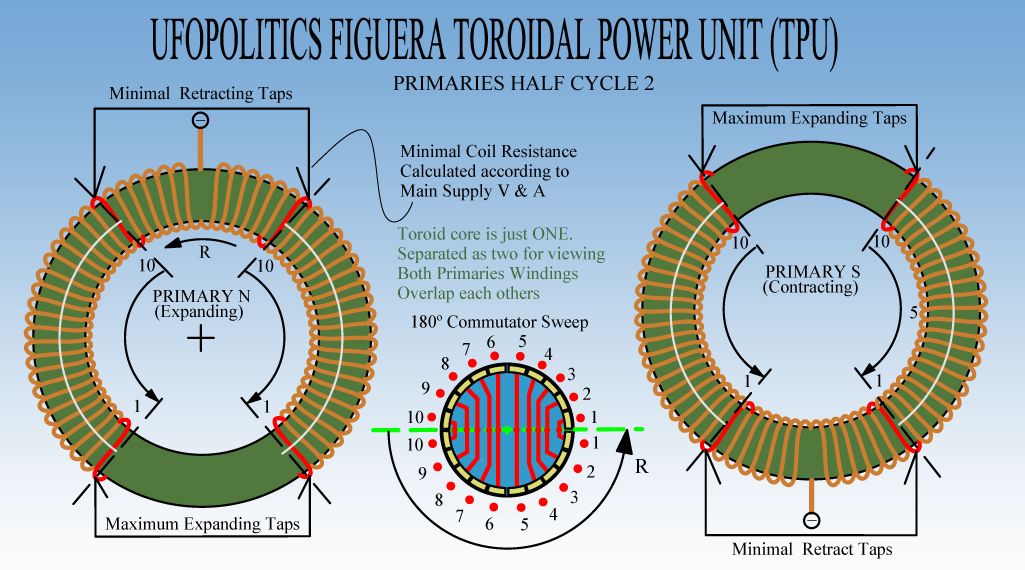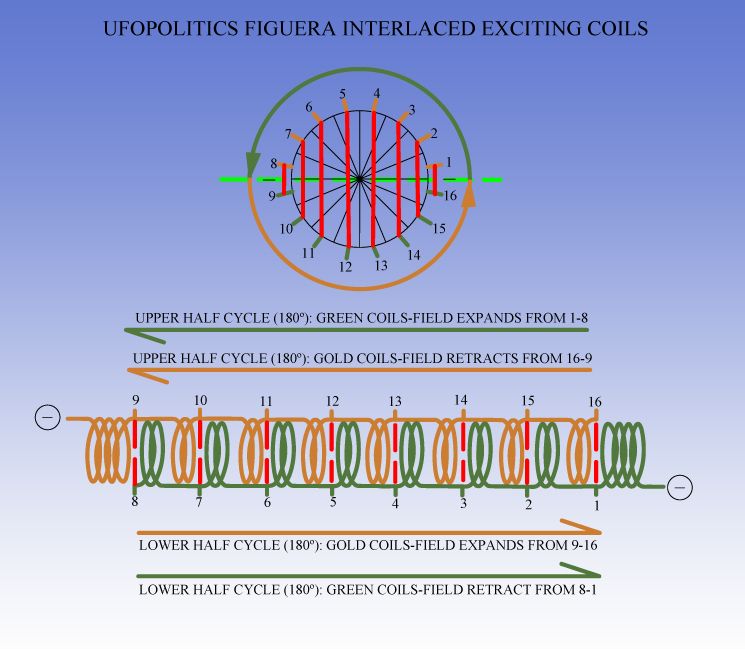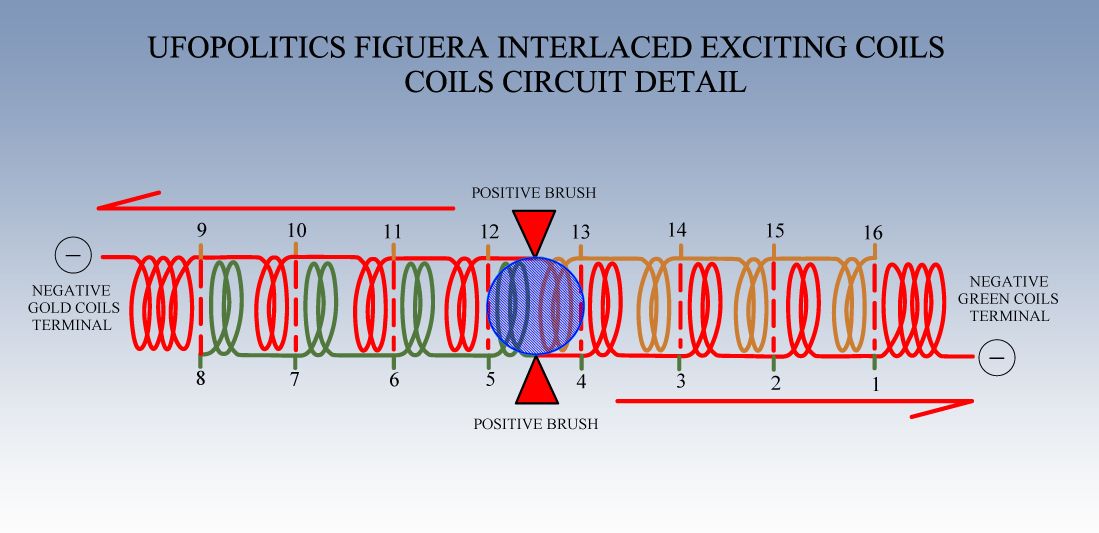Originally posted by bistander
View Post
WOW!...That sounds very impressive!!
don't you think?
 Just kidding, thanks and I knew that...
Just kidding, thanks and I knew that...
Ufopolitics











Leave a comment: